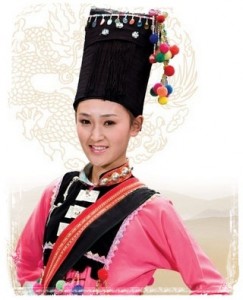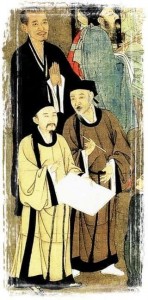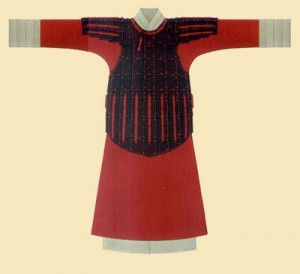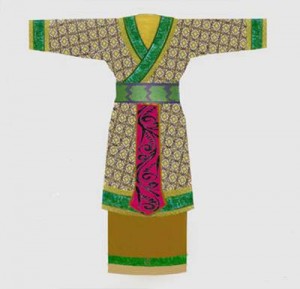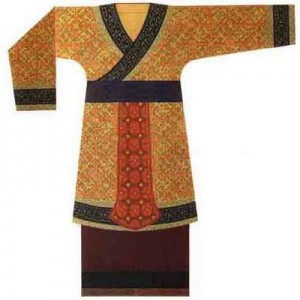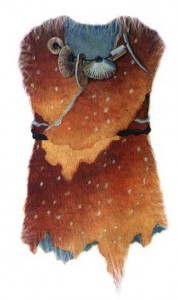Dyeing, weaving, embroidery has a long history in the Blang Blang clothing culture occupies an important position. Since the Tang and Song dynasties, the Blang textile, dyeing process level higher long will indigo dyeing, “plum” skin, “yellow” root as raw material, after a certain processing procedures were dyed red, yellow . Dyed the color of prolonged subside and great charm of nature. Blang women’s organizations “young woman faille masses on both sides of the Lancang favorite. On both sides of the Nujiang Mr. Brown civil kapok textile Donghwasa cloth by soft white famous. The past, the Blang clothing lining mostly self-organization, self-dyed homespun.
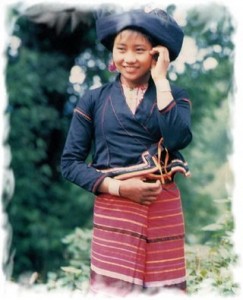
Embroidery is also an essential part of Blang clothing, flowers, birds and animals, geometric shapes in the hands of the Blang women come alive, very realistic. The most unique embroidery to the number of bales Tips. ” Blang customs, the bride before marriage must be carefully embroidered a bale Tips “as a wedding pole-climbing competition prizes, who gets it, who has been auspicious.
The Blang clothing has gone through a long evolution of the development process. Clothing around the early roughly the same, there is no obvious geographical differences. The men wear flower tunic, green strip rope belt, knee Department of the black vine, wrapped in red cloth Baotou. Women wear Pied under the skirts, to advocate black, blue.
Modern Blang clothing produced some regional differences. Lincang, Simao Blang men wear the Omo black lapel jacket, beneath the mast the pants, Touchan cyan or black header, and some also wearing a bracelet, barefoot. The women Touchan ten feet long blue cloth Baotou.
Shidian County Blang women Baotou folded into a triangle, close to the forehead, the Department of colored glass beads strung together with a line, like to wear high-necked long-sleeved T-shirt Xie Jin, coat breasted Duangua, beneath Tongqun, Department apron. Jacket collar cuffs covered with red and green printed cloth embroidered with colored pattern side the Duangua lapel buttons trimmed with silver or nickel currency. Leg wrapped around the leg cloth, wearing silver rings and silver bracelet, teeth dyed black, red.
Xishuangbanna region Blang men’s clothing: wearing a black or blue round neck long-sleeved cardigan T-shirt with a cloth twisted buckle on the chest; dressed in a black wide crotch pants; Touchan white, black or blue turban; generally also There are tattoos customs. Xishuangbanna and Lancang Blang women like to wear the the cross collar or round neck tight-fitting T-shirt, red horizontal stripes, black background long Tongqun, Qunjiao lined with a slightly longer at the side of the white cloth of the skirt, the effect of double skirt .
Mojiang, double-river in the vicinity of the women like to wear ankle dress, the Series long apron, T-shirt basic Xishuangbanna and Lancang women. Jingdong Blang women dress with the local Han basically the same.
Minority women generally head to pull the hair, the hair usually worn on a variety of jewelry, especially like to do one called “the HOM wire Hom” Yinzan of Yinzan fine “three screw” pattern. Some women usually header design with white handkerchiefs towel wound into three snails look. Three screw headdress Blang women, there is a beautiful legend, to commemorate the beautiful girl million British, he gave the cast the three Lo pattern Yinzan of do hair, expect her experiences and unfortunately never again happy marriage can come in each ordinary people who.

